Table of Contents
What Are Dried Ancho Chiles?
Dried ancho chiles are fully ripened poblano peppers that have been dried, resulting in a sweet, smoky flavor with mild heat (1,000-1,500 Scoville units). They're a staple in Mexican cuisine, used in mole sauces, enchiladas, salsas, and more. This guide covers everything you need to know about using, storing, and cooking with dried ancho chiles.
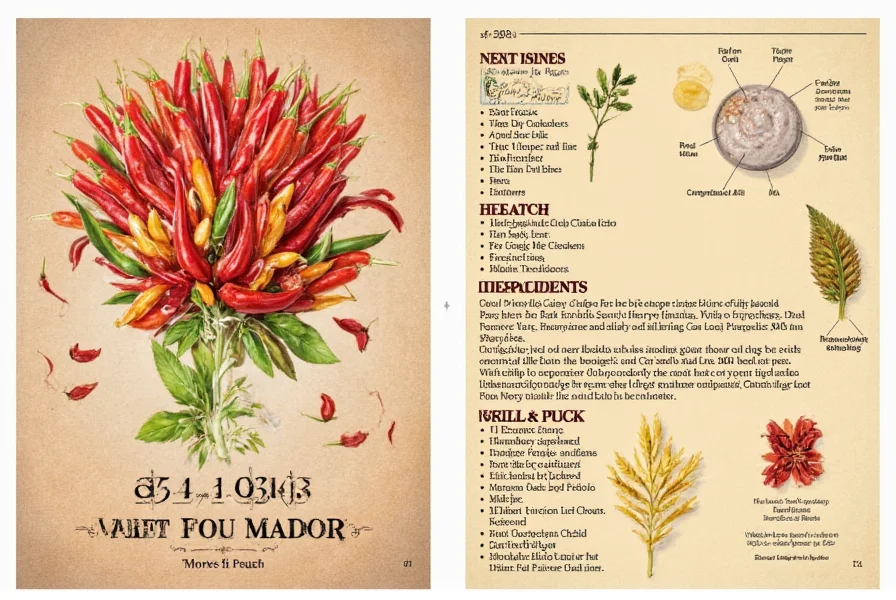
Flavor Profile and Uses
Dried ancho chiles offer a mild to medium heat level (1,000-1,500 Scoville units), making them perfect for those who enjoy warmth without intense burn. Their flavor is earthy, slightly sweet, and smoky, enhanced by the drying process. Ideal for mole sauce, enchiladas, tamales, posole, soups, marinades, and even cocktails.
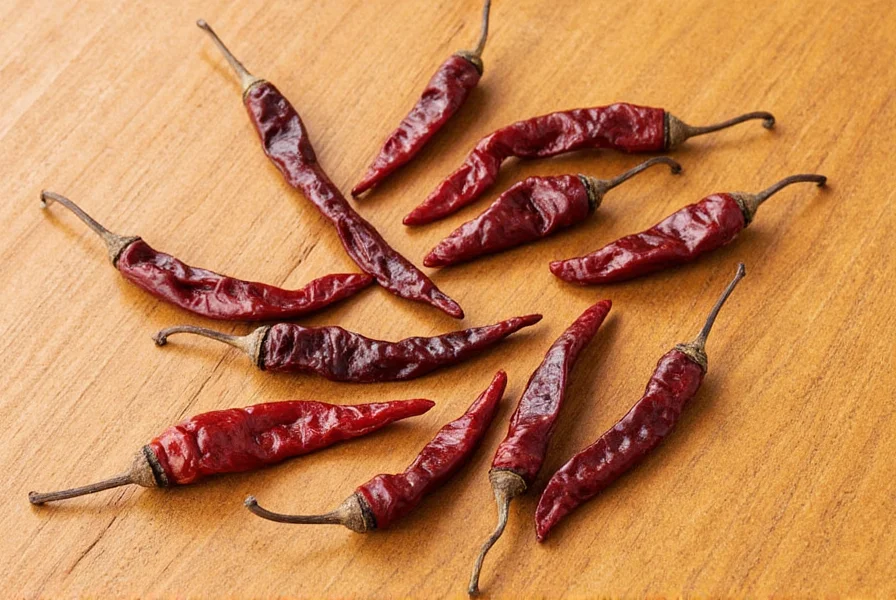
Buying Guide for Dried Ancho Chiles
Key Features to Look For
- Color: Dark red or brown with smooth, uniform appearance
- Smell: Rich, smoky aroma without mold or rot
- Texture: Not overly brittle or crumbly
- Origin: Labeled as "Mexican" or "Poblano"
| Product Name | Features | Advantages | Use Cases | Target Audience |
|---|---|---|---|---|
| MexiCali Organic Ancho Chiles | 100% organic, sun-dried, non-GMO | Perfect for health-conscious cooks | Soups, salsas, homemade sauces | Cooking enthusiasts and eco-conscious buyers |
| La Costeña Dried Ancho Chiles | Traditional Mexican brand with long history | Authentic flavor and quality | Classic Mexican recipes | Chefs and home cooks valuing tradition |
| Chili Cravings Smoked Ancho Chiles | Smoked for extra depth of flavor | Enhances sauces and rubs | Grilled meats, stews, marinades | Barbecue lovers and adventurous cooks |
Cooking Tips and Tricks
How to Prepare Dried Ancho Chiles
- Soak the chiles: Cover with hot water for 15-20 minutes until pliable
- Remove stems and seeds: Reduce heat if desired
- Blend or puree: Create paste or sauce using blender
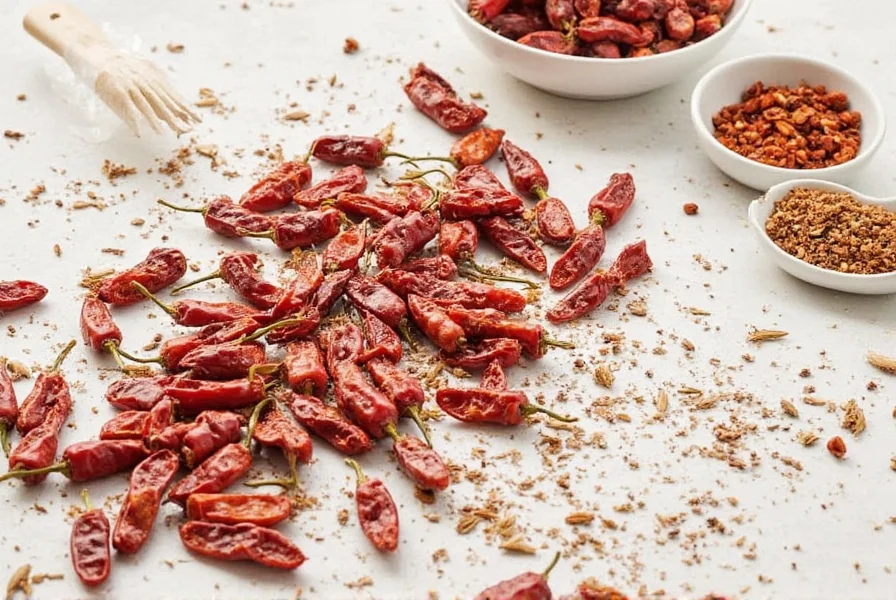
Common Mistakes to Avoid
- Over-soaking: Causes loss of flavor
- Not removing seeds: Increases heat unnecessarily
- Using old chiles: Results in bitter or stale taste
Simple Recipes to Try
- Ancho Chile Salsa: Blend soaked chiles with tomatoes, onions, cilantro, and lime juice
- Ancho Chile Gravy: Use pureed chile mixture for roasted meats or vegetables
- Ancho Chile Chocolate Cake: Add pinch of ancho powder for heat and sweetness
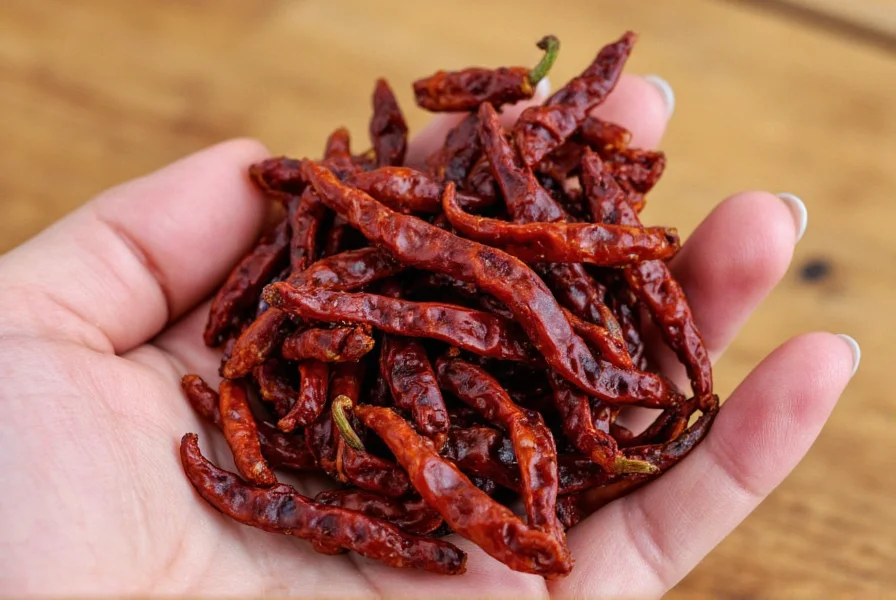
Frequently Asked Questions
What are dried ancho chiles exactly?
Dried ancho chiles are fully ripe poblano peppers that have been harvested and dried. The name "ancho" means "wide" in Spanish, referring to their broad, flat shape. When fresh poblanos ripen to a deep red color and are then dried, they transform into ancho chiles with a completely different flavor profile than their fresh counterparts.
How hot are dried ancho chiles on the Scoville scale?
Dried ancho chiles range from 1,000 to 1,500 Scoville Heat Units, placing them in the mild to medium heat category. For comparison, a jalapeño ranges from 2,500 to 8,000 SHU, making anchos significantly milder. Their heat is more of a gentle warmth that builds gradually rather than an immediate burn, which makes them accessible to people who don't typically enjoy spicy foods.
What's the proper way to rehydrate dried ancho chiles?
To properly rehydrate dried ancho chiles: 1) Remove stems and seeds, 2) Place chiles in a bowl, 3) Cover completely with hot (not boiling) water, 4) Weigh down with a small plate to keep submerged, 5) Soak for 15-20 minutes until pliable but not mushy. For enhanced flavor, you can use broth, cider, or even beer instead of water. Don't soak for more than 30 minutes or they'll become too soft and lose flavor.
Can I substitute fresh poblano peppers for dried ancho chiles in recipes?
Not directly. While anchos are dried poblanos, the drying process fundamentally changes their flavor chemistry. Fresh poblanos have a grassy, vegetal taste while dried anchos develop rich, sweet, smoky notes. If you must substitute, use 2-3 fresh poblanos roasted and peeled for every 1 dried ancho, but recognize the flavor profile will be quite different. For best results, seek out dried anchos specifically for traditional Mexican recipes.
How should I store dried ancho chiles to maintain freshness?
Store dried ancho chiles in an airtight container in a cool, dark place. Properly stored, they'll maintain their flavor for 6-12 months. For longer storage (up to 2 years), keep them in the freezer in a vacuum-sealed or heavy-duty freezer bag. Avoid humid environments as moisture can cause mold. Always check for any off smells or discoloration before using older chiles.
What's the difference between ancho chiles and mulato chiles?
Both come from poblano peppers but are dried at different ripeness stages. Anchos are made from fully red-ripe poblanos, while mulatos come from poblanos left on the plant until they turn almost black. Mulatos have a deeper, more complex flavor with hints of chocolate and coffee, while anchos are fruitier and sweeter. Mulatos are slightly hotter (2,500-3,000 SHU) compared to anchos' 1,000-1,500 SHU.
Can I make ancho chile powder at home?
Absolutely! Simply rehydrate dried ancho chiles as described, then spread them on a baking sheet and dry in a low oven (175°F/80°C) for 2-3 hours until completely brittle. Once cooled, pulse in a spice grinder or blender until fine. Sift if needed for a smoother powder. Store in an airtight container away from light. Homemade powder will have superior flavor to store-bought but won't last as long (use within 3 months).
Are dried ancho chiles the same as chipotle chiles?
No, they're completely different. Ancho chiles are dried poblanos, while chipotles are dried, smoked jalapeños. Anchos have a sweet, earthy, mildly smoky flavor, while chipotles are significantly hotter with a pronounced smokiness. They serve different purposes in cooking - anchos provide depth and mild heat to sauces, while chipotles deliver intense smokiness and more substantial heat.
Comparison with Other Chili Varieties
| Chili Variety | Heat Level | Flavor Profile | Best Uses |
|---|---|---|---|
| Dried Ancho Chiles | Mild to Medium | Earthy, sweet, smoky | Sauces, stews, moles |
| Dried Pasilla Chiles | Mild | Smoky, slightly sweet | Stews, salsas, sauces |
| Dried Guajillo Chiles | Medium | Spicy, tangy, fruity | Marinades, salsas, grilled meats |
| Dried Chipotle Chiles | Medium to Hot | Smoky, spicy, bold | Smokehouse dishes, sauces, rubs |
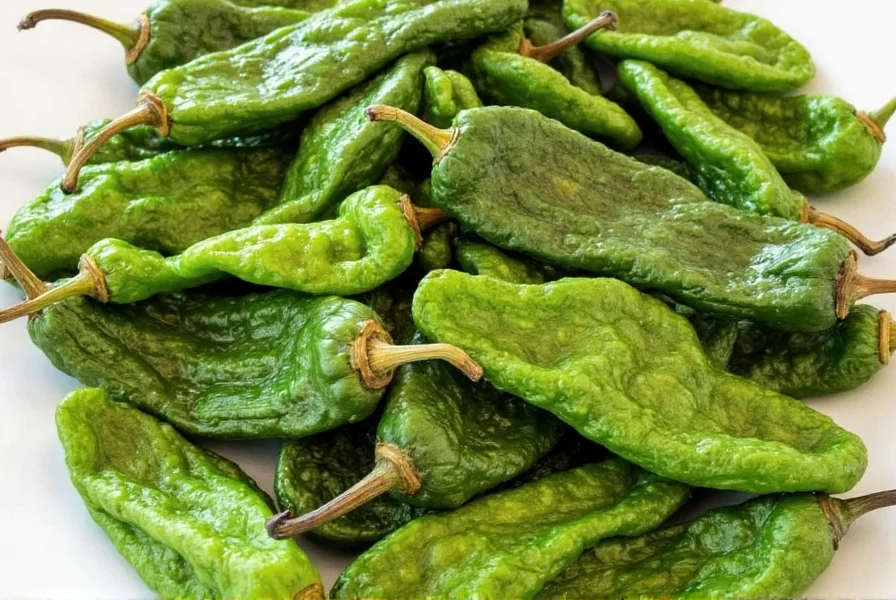
Conclusion
Dried ancho chiles are more than just a spice—they're a gateway to a world of rich, complex flavors that can transform your cooking. Whether you're a seasoned chef or a curious home cook, these chiles offer endless possibilities for creativity in the kitchen.
From their deep, smoky flavor to their versatility in both traditional and modern recipes, dried ancho chiles are a must-have for any spice lover. With the right preparation and a little experimentation, you'll find that these chiles can bring a whole new dimension to your favorite dishes.
So go ahead—grab a bag of dried ancho chiles and start exploring. You might just discover your new favorite ingredient!

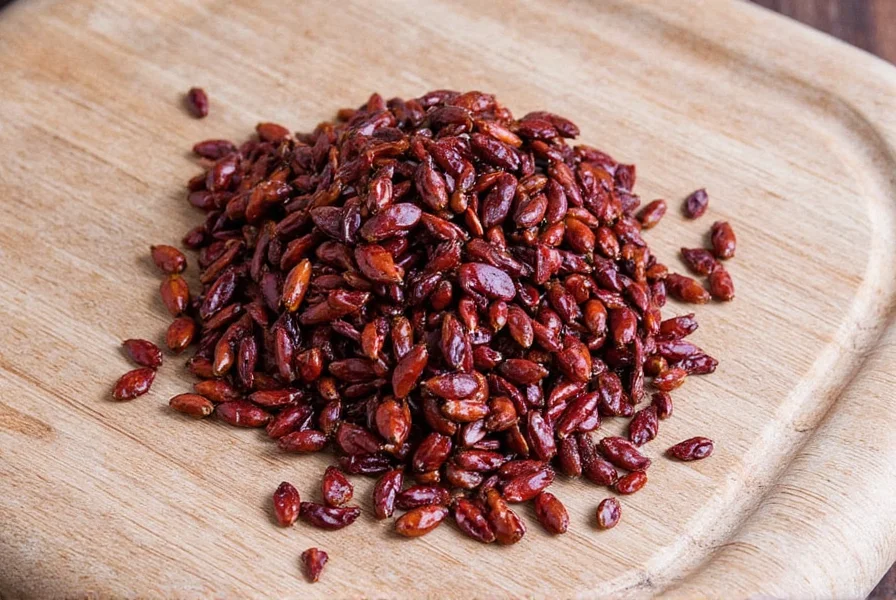









 浙公网安备
33010002000092号
浙公网安备
33010002000092号 浙B2-20120091-4
浙B2-20120091-4